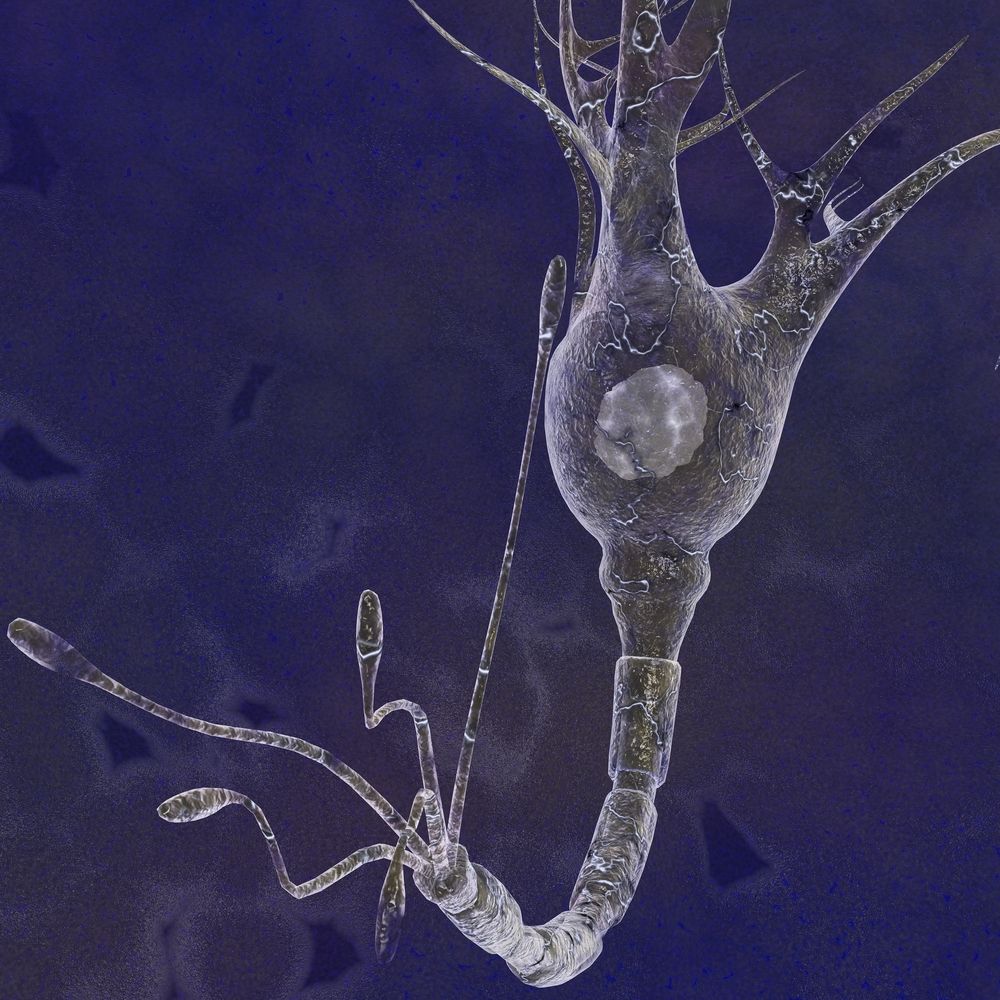Article
REM Sleep Behavior Disorder Predicts Neurodegeneration Risk
Author(s):
The presence of REM Behavior Disorder predicted an increased risk of Parkinson disease, Lewy Body dementia, or multisystem atrophy in the largest study ever performed in people with the strange disorder. Details here.
©Michael Taylor/Shutterstock.com

According to the largest, prospective, multicenter cohort study ever performed in people with REM Behavior Disorder (RBD), the presence of this disorder predicts an increased risk of one of three synucleinopathies: Parkinson disease (PD), Lewy Body dementia (LBD), or multisystem atrophy (MSA).1
REM Behavior Disorder enables people to “act out their dreams,” sometimes resulting in injury to themselves or others. This strange disorder is often not brought to medical attention.
The study included 1,280 participants from 24 centers on four continents followed for a total of 4,890 patient-years. All subjects had RBD documented by polysomnography. At study entry, none had symptoms of PD or dementia.
According to Ronald Postuma, MD, Professor of Neurology and a movement disorders specialist at McGill University, progression to PD, LBD, or MSA occurred in 6.3% of the patients per year-50% by 7.5 years, and 73% by 12 years. In this respect, Dr. Postuma likened RBD to other prodromal disorders of neurodegenerative disease, such as mild cognitive impairment, which often predates Alzheimer disease, and personality change, which may herald the onset of Huntington's disease.
Data were also collected to determine the relative risk of 21 other potential biomarkers. Abnormal motor signs and symptoms proved a robust risk factor, tripling the risk of PD similar to the predictive value of a DaT scan. Abnormal olfaction also tripled the risk for PD. Autonomic symptoms such as constipation increased the risk by 1.7, and erectile dysfunction by 2.3.
Notably, sleep symptoms such as apnea, insomnia, restless legs, and somnolence did not predict any of the three neurodegenerative endpoints. Neither did anxiety and depression.
Dr. Postuma urged the initiation of clinical trials that could use RBD as a marker to identify people destined to develop a synucleinopathy who could benefit from a neuroprotective agent. He estimated that only 316 subjects would be needed in a two-year trial to obtain a definitive result.
Aleksandar Videnovic, MD, Massachusetts General Hospital Neurological Clinical Research Institute, Cambridge, MA, was the American Academy of Neurology's designated discussant for this presentation, which took place at the AAN’s annual conference in Los Angeles.
Although he offered minor critiques of the study design-such as the lack of a standardized protocol across study sites and different follow-up schedules-Dr. Videnovic affirmed that “RBD sits at the crossroads between neurology, sleep medicine, and neuroscience.”
Dr. Videnovic agreed that the results of this multicenter study,”. . . positions RBD as a very important target for future trials directed at disease modification.” He urged careful clinical trial design to achieve optimal results as well as to satisfy regulatory requirements for eventual FDA approval of new neuroprotective agents.
References:
1. Predictors of Neurodegeneration in Idiopathic REM Sleep Behavior Disorder: A Multicenter Cohort Study. Plenary session. American Academy of Neurology 2018. Plenary Session. Monday, April 23, 2018.





